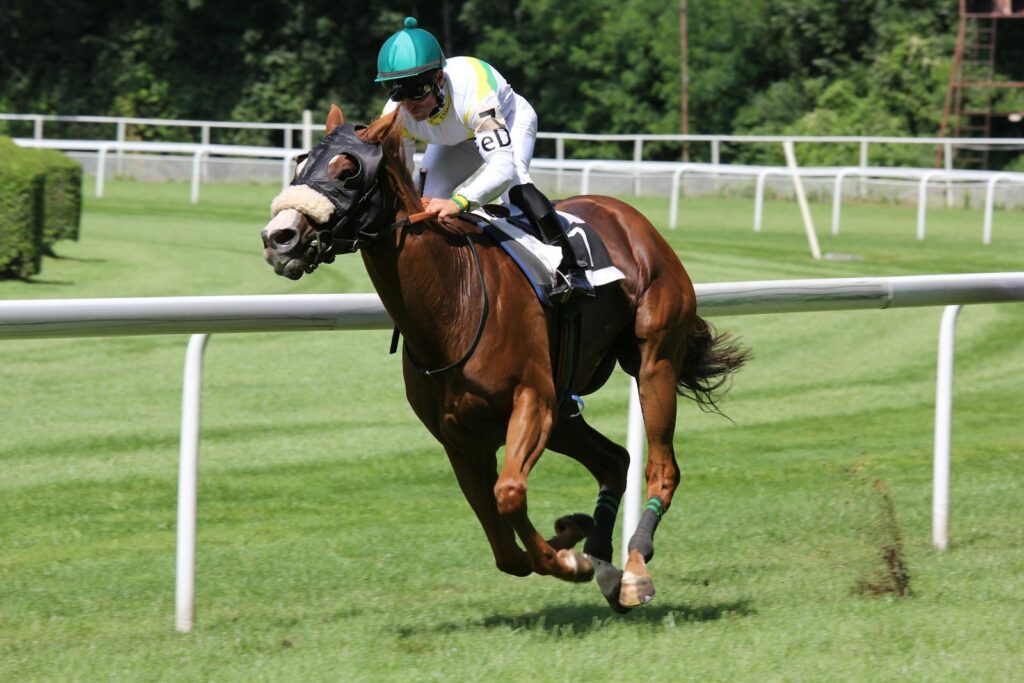For centuries, riders seeking comfort during long journeys have prized gaited horses for their uniquely smooth movements. Unlike the bouncy trot of most horses that can leave inexperienced riders sore and exhausted, gaited horses offer a remarkably gentle riding experience that feels almost like gliding across the landscape. Their specialized gaits create minimal vertical movement, allowing riders to stay comfortably in the saddle for hours. Whether you’re a trail enthusiast, have back problems, or simply appreciate a smoother ride, understanding why gaited horses provide such exceptional comfort can help you appreciate these remarkable equines even more.
What Makes a Horse “Gaited”?
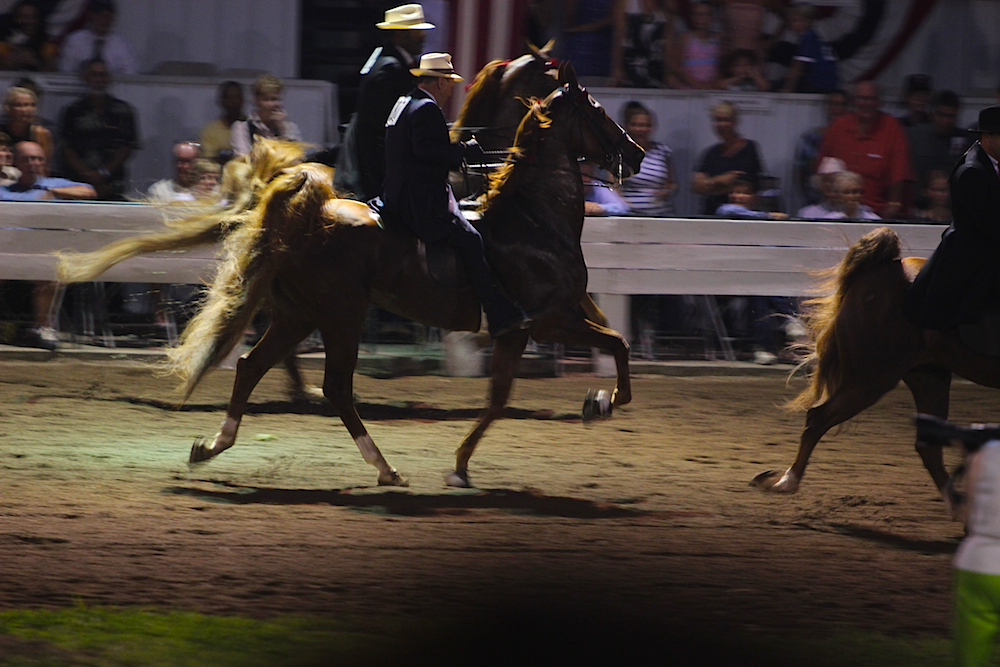
A gaited horse possesses the genetic ability to perform smooth, intermediate-speed gaits beyond the standard walk, trot, and canter/gallop found in all horses. These specialized gaits have various names depending on the breed, including the running walk, rack, tölt, paso, single-foot, or fox trot. What makes these horses truly special is that these additional gaits are natural to them—not trained behaviors—stemming from specific genetic mutations affecting their locomotion patterns. Unlike the traditional trot where diagonal pairs of legs move together, gaited horses often move their legs in a four-beat pattern where each hoof strikes the ground separately. These natural athletes can maintain these smooth gaits for extended periods, making them historically valuable for covering long distances comfortably.
The Science Behind the Smoothness
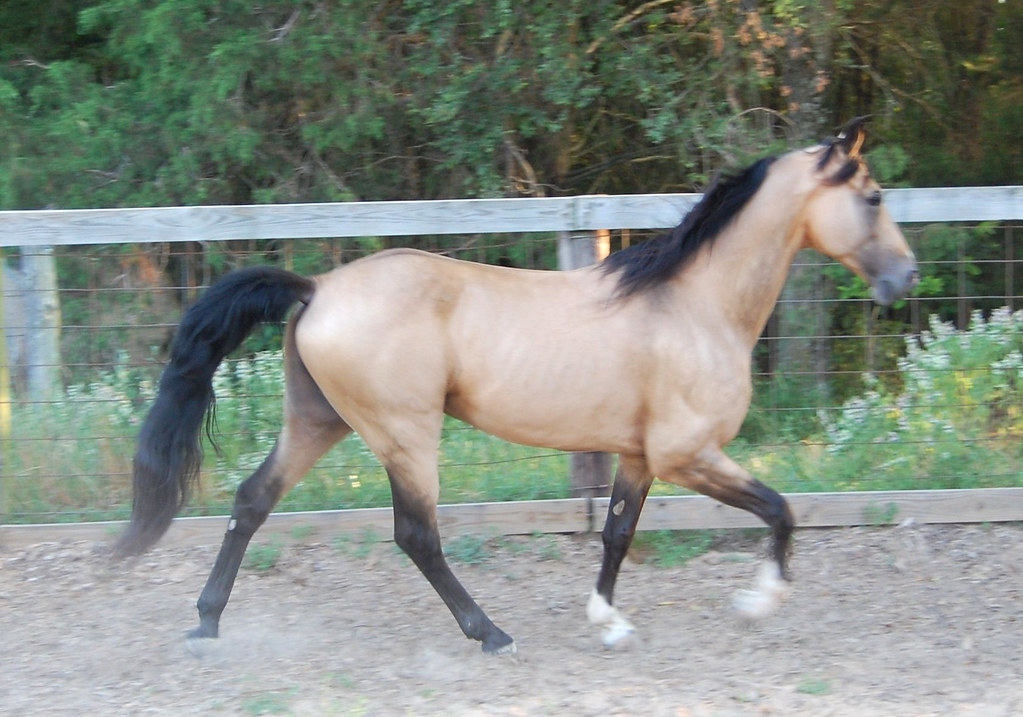
The exceptional comfort of riding gaited horses stems directly from biomechanics and physics. In traditional horses, the trot creates significant vertical movement as the horse’s back rises and falls with each stride, transferring that jarring motion directly to the rider. Gaited horses, by contrast, exhibit what scientists call “less vertical displacement,” meaning their backs remain more level throughout their specialized gaits. This smoother horizontal motion results from their unique four-beat gait patterns where at least one foot remains on the ground at all times, creating continuous support rather than the moments of suspension found in a trot. Research using motion-capture technology has confirmed that riders on gaited horses experience dramatically reduced impact forces compared to those on trotting horses. This scientific reality translates to the sensation many riders describe as “like sitting in a rocking chair” rather than bouncing up and down.
Reduced Impact on Rider’s Joints
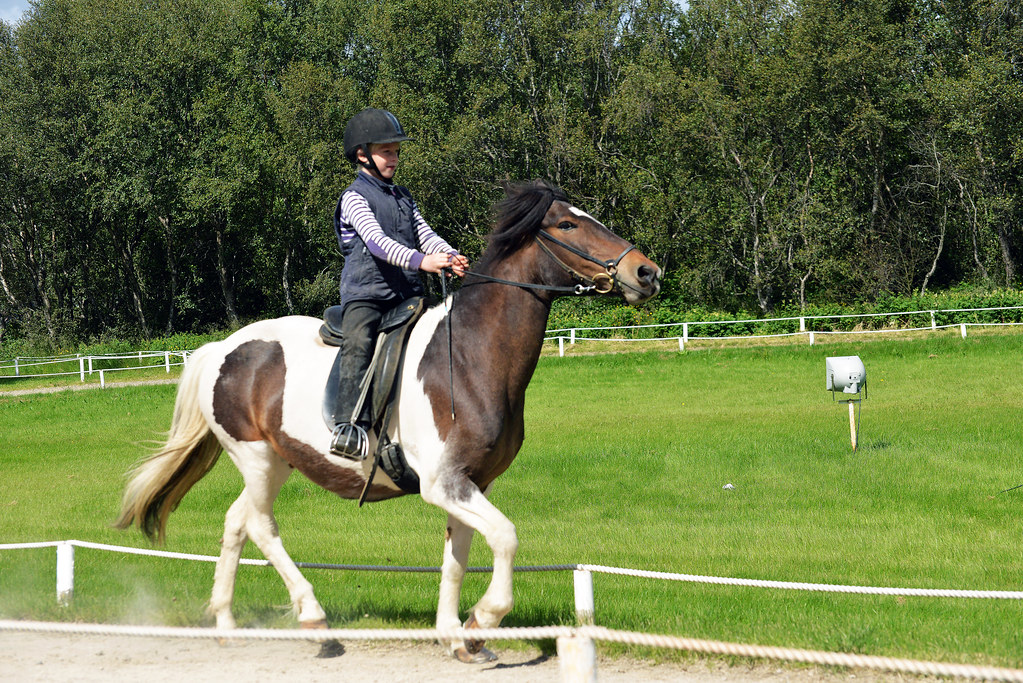
The gentle motion of gaited horses provides significant benefits for riders’ joints and skeletal systems. When riding a non-gaited horse at the trot, riders experience repetitive impact forces that travel up through their ankles, knees, hips, and spine with each stride. Over time, this pounding can aggravate existing joint issues, contribute to back pain, and even cause new injuries. Gaited horses dramatically reduce these concussive forces by maintaining a smoother, more lateral movement pattern. This gentler ride means significantly less stress on the rider’s body, making gaited horses particularly valuable for older riders, those with arthritis, back problems, or other physical limitations. Many riders report being able to spend hours more in the saddle without discomfort when riding a gaited horse compared to conventional mounts.
Less Need for Posting or Two-Point Position
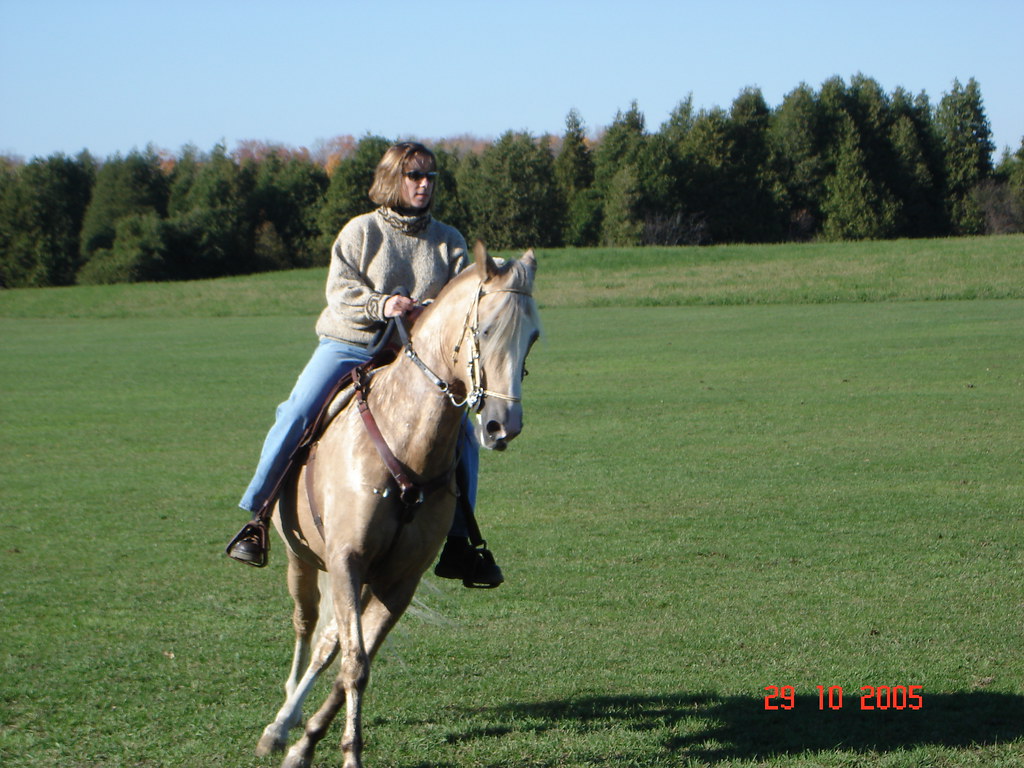
One of the most immediately noticeable benefits of riding gaited horses is the reduced need for posting (rising and sitting with each stride) or maintaining a two-point position (standing slightly in the stirrups). Both techniques are typically necessary when riding non-gaited horses at faster speeds to absorb shock and prevent bouncing painfully in the saddle. Gaited horses, with their naturally smooth intermediate gaits, allow riders to comfortably sit the saddle without rising or hovering above it. This seated position requires less physical exertion and technical skill from the rider, making gaited horses excellent choices for beginners or casual riders. The ability to relax deeply in the saddle rather than constantly adjusting one’s position also allows riders to focus more on their surroundings, communication with their horse, and enjoyment of the ride.
Greater Endurance for Long-Distance Riding
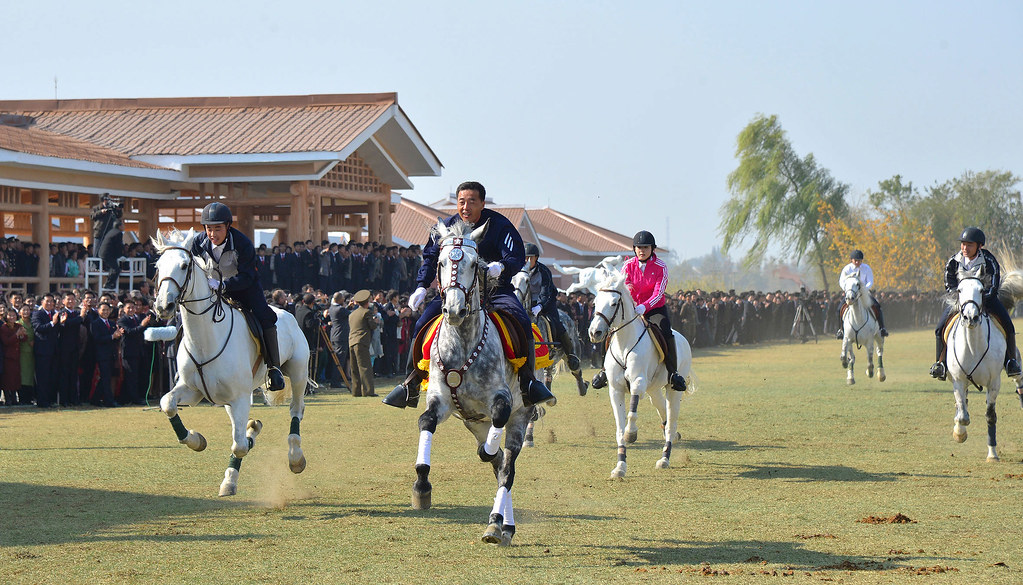
Gaited horses have historically excelled as mounts for long-distance travel, and their specialized gaits are a key reason for this endurance advantage. Their smooth intermediate gaits require less energy expenditure than the traditional trot while moving at similar speeds, allowing these horses to cover substantial distances without tiring as quickly. For riders, the reduced physical strain means being able to stay comfortably mounted for much longer periods, sometimes doubling or tripling the time they could spend on a non-gaited horse. This combination of horse and rider endurance made gaited horses the preferred choice for early doctors, circuit-riding preachers, and others who needed to cover vast territories before motorized transportation. Even today, gaited horses dominate competitive trail riding and endurance events where comfort over many hours or days becomes critical to success.
Popular Gaited Horse Breeds
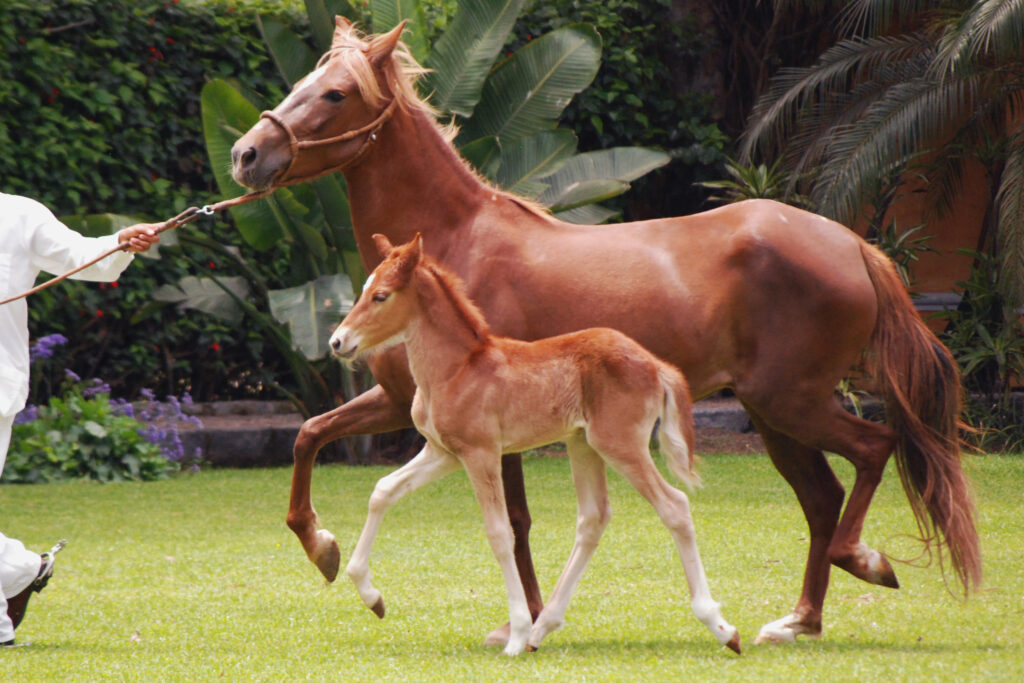
Numerous breeds around the world are known for their naturally smooth gaits, each with distinctive movement patterns and cultural histories. The Tennessee Walking Horse, recognized for its running walk, remains among America’s most beloved gaited breeds, known for its nodding head motion and overstriding gait. The Icelandic Horse, remarkably smooth in its unique tölt gait, can traverse Iceland’s rough volcanic terrain while keeping riders comfortable and has remained genetically isolated for over 1,000 years. The Peruvian Paso, with its distinctive paso llano and sobreandando gaits, moves with such smoothness that riders traditionally hold a glass of champagne to demonstrate the lack of jostling. Other popular gaited breeds include the Missouri Fox Trotter, Rocky Mountain Horse, Paso Fino, Kentucky Mountain Saddle Horse, and several Spanish and South American breeds that developed specifically to provide comfortable transportation over challenging terrains. Each breed offers slightly different gaiting patterns while sharing the common trait of exceptional rider comfort.
The “Saddle Gait” Advantage
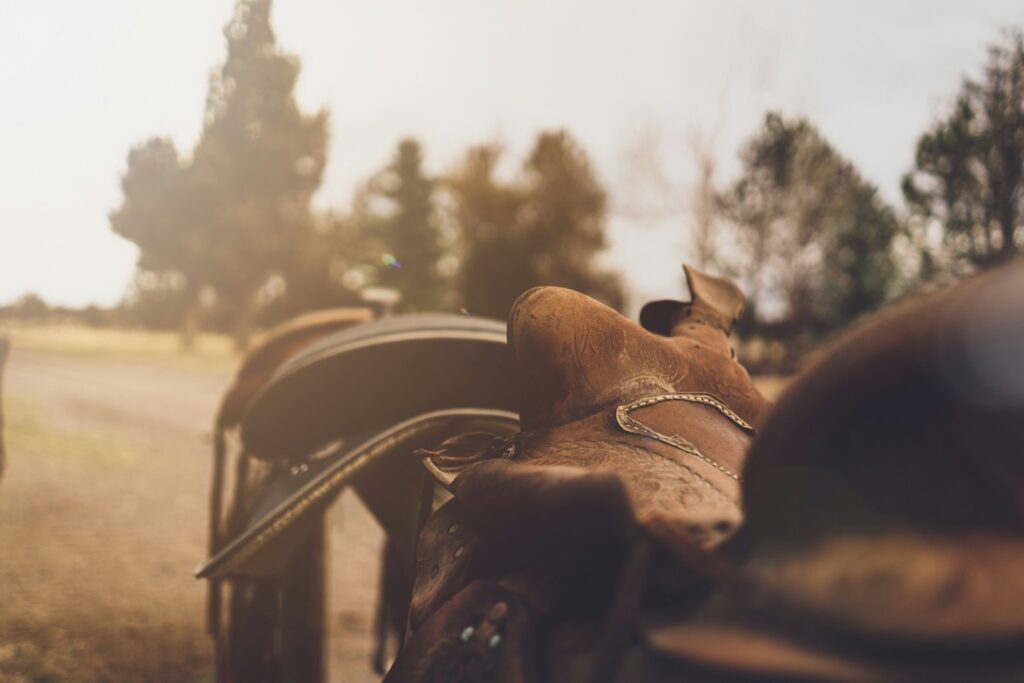
The term “saddle gait” refers specifically to the intermediate-speed, smooth gaits that make these horses so comfortable under saddle. Unlike the working trot used by non-gaited horses for traveling at medium speeds, saddle gaits allow for comparable speeds without the associated bouncing and jarring. These specialized gaits typically range from 7-12 miles per hour—faster than a walk but slower than a canter or gallop—making them perfect for trail riding, casual hacking, or any riding situation where comfort takes priority over speed. The consistent four-beat rhythm of most saddle gaits creates a rocking or gliding sensation that many riders find not just comfortable but actively pleasurable. This enjoyable motion builds a different kind of connection between horse and rider, one based on harmony of movement rather than constant adjustment and compensation.
Reduced Rider Fatigue
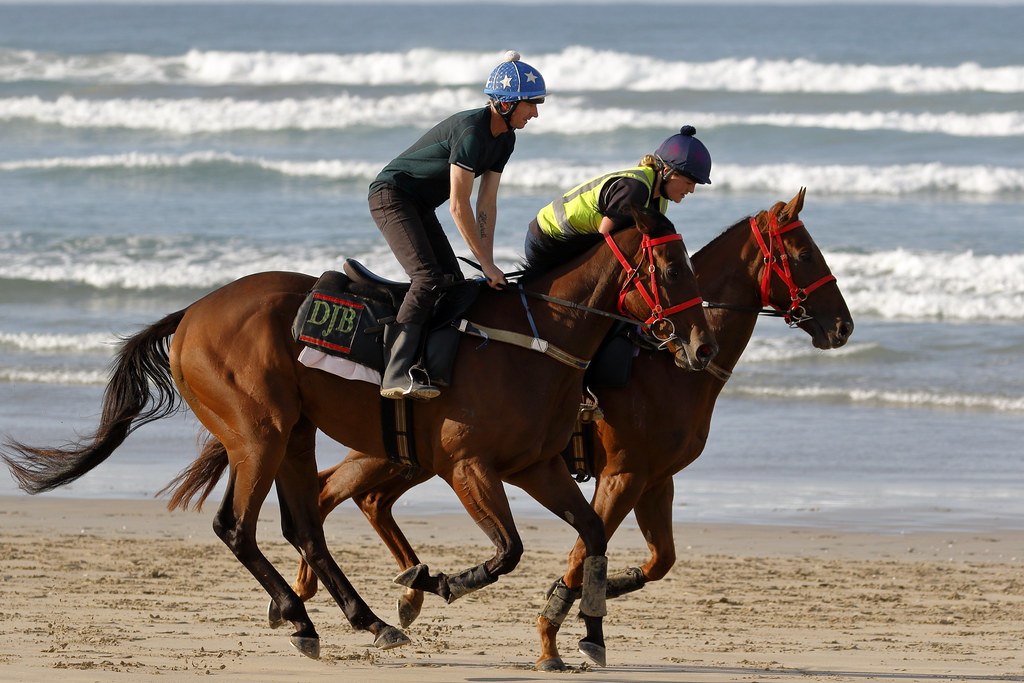
The significantly reduced physical effort required when riding gaited horses translates directly to less rider fatigue during and after rides. On traditional horses, maintaining proper position at the trot demands constant muscular engagement, core strength, and balance adjustment with every stride. Riders often dismount from non-gaited horses feeling physically exhausted, with sore muscles and sometimes even bruising from the saddle. Gaited horses, by contrast, allow riders to relax more fully in the saddle while still maintaining proper position and control. This lower energy expenditure means riders finish even lengthy trail rides feeling refreshed rather than depleted. For those using horses in working contexts like ranch work, police patrol, or backcountry guiding, this reduced fatigue factor translates to greater productivity and safety throughout long workdays in the saddle.
Benefits for Riders with Physical Limitations
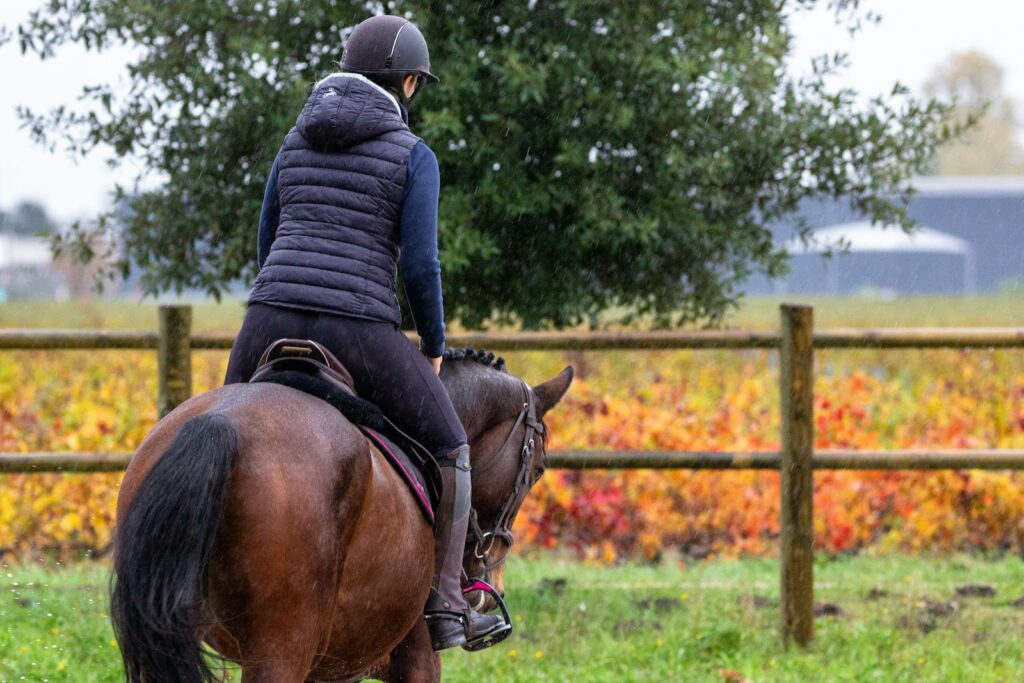
Gaited horses have opened equestrian activities to many individuals who would otherwise be unable to ride comfortably due to physical conditions. People with back injuries, arthritis, joint replacements, fibromyalgia, multiple sclerosis, and other conditions often find that the gentle motion of gaited horses allows them to ride without pain or further injury. The reduced impact forces are particularly beneficial for those with spinal issues, as the smooth lateral movement doesn’t compress vertebrae or aggravate disc problems the way a bouncy trot might. Many therapeutic riding programs specifically seek out gaited horses for riders with certain physical challenges, recognizing their unique value in making equestrian activities accessible to more people. For some riders with mobility limitations, transitioning to a gaited horse has meant the difference between giving up riding entirely and continuing to enjoy their passion for horses despite physical challenges.
Easier Transitions Between Gaits
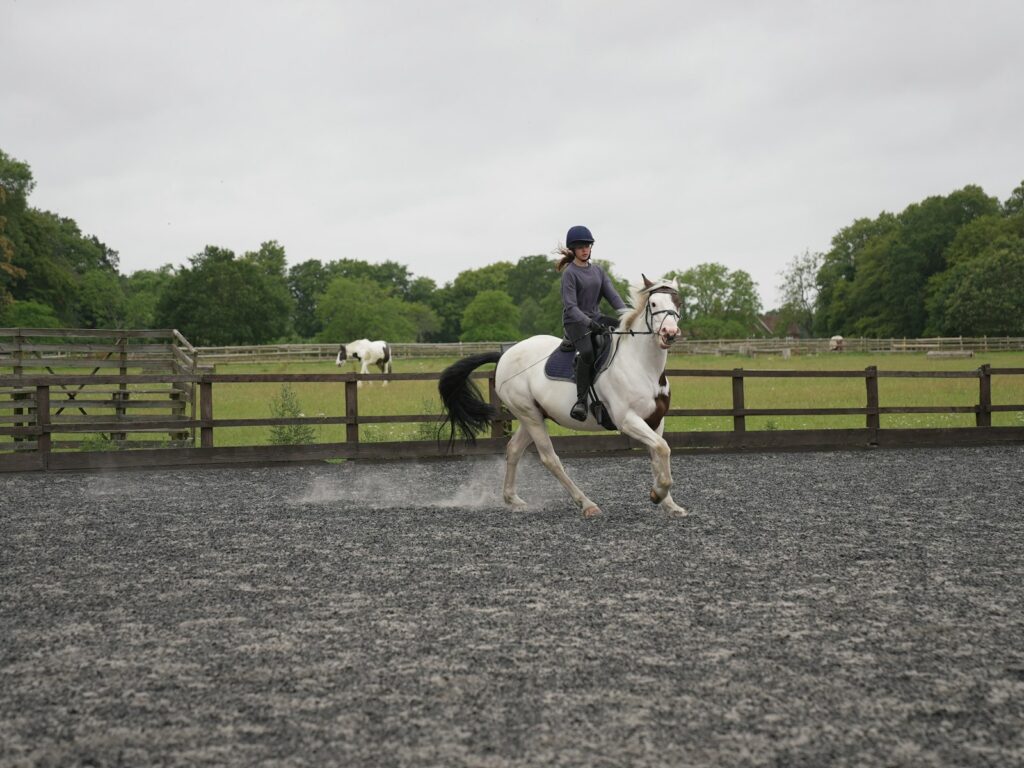
Another comfort factor that makes gaited horses appealing is their typically smooth transitions between different speeds and gaits. Where conventional horses often have jarring transitions—particularly moving into and out of the trot—gaited horses tend to flow more seamlessly between their walking gait and their intermediate gaits. This smoother acceleration and deceleration means riders aren’t suddenly jolted when changing speeds, contributing significantly to the overall comfort experience. The ability of many gaited horses to move directly from a walk to their smooth intermediate gait without passing through a bouncy trot phase makes speed control more comfortable throughout the ride. These fluid transitions require less dramatic weight shifts from the rider, creating a more relaxed riding experience where communication between horse and rider feels more like a conversation than a series of commands.
Benefits for Carrying Sensitive Equipment
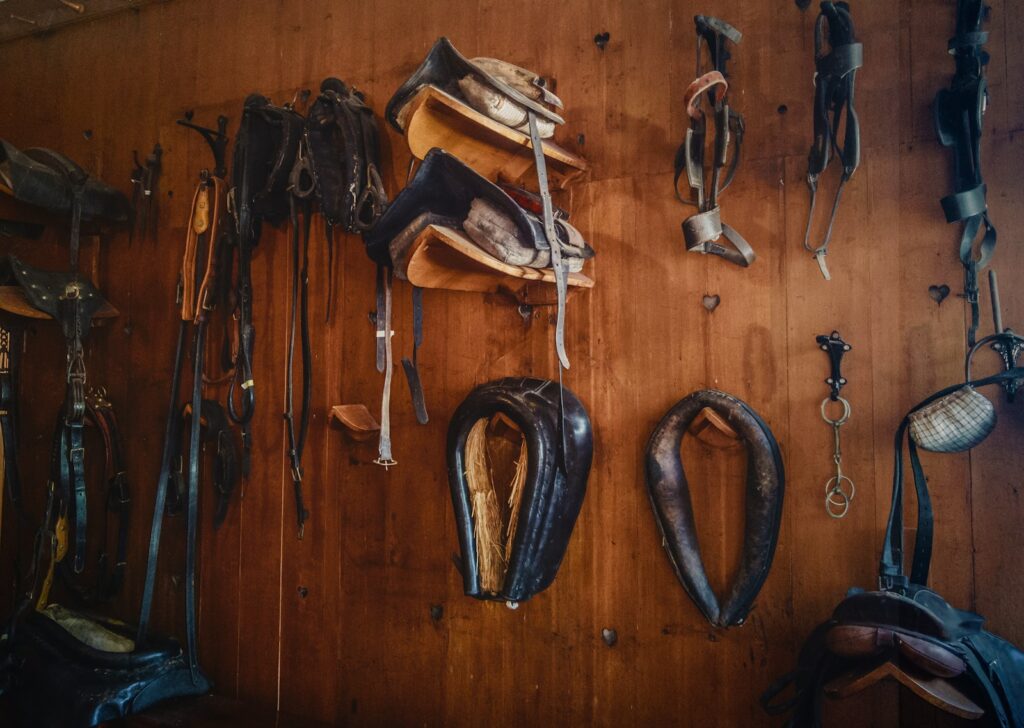
The exceptional smoothness of gaited horses makes them invaluable for situations where riders need to carry delicate or sensitive equipment. Historically, doctors often chose gaited horses to transport medical supplies and instruments that could be damaged by constant jarring. In modern contexts, photographers, videographers, and researchers using precision instruments find that gaited horses allow them to transport and even operate equipment while mounted without excessive vibration or impact. Law enforcement mounted patrols using gaited horses can more easily operate communication equipment, handle paperwork, or navigate complex environments without the constant adjustment needed on a trotting horse. Similarly, hunters appreciate the steady platform gaited horses provide when carrying firearms or other hunting equipment through rugged terrain, offering both comfort and safety advantages in environments where careful handling of equipment is essential.
Training Considerations for Maximum Comfort
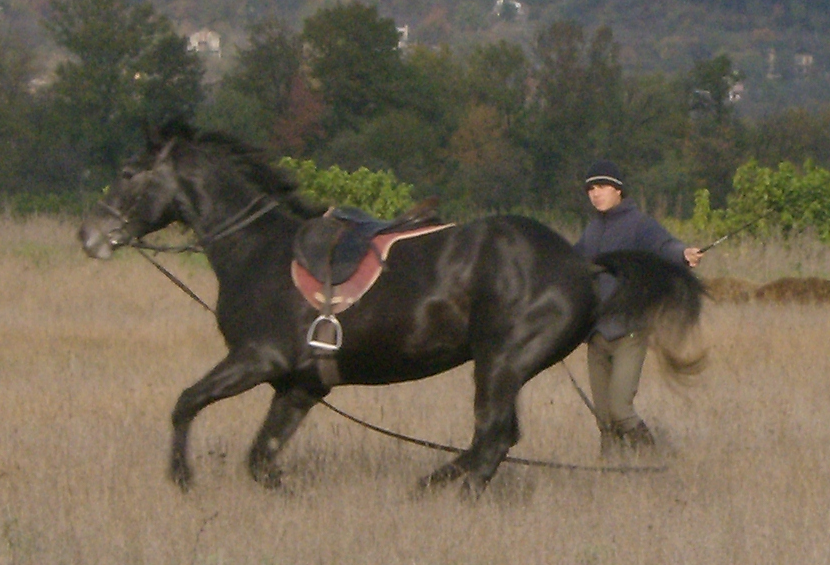
While gaited horses naturally possess smooth movements, proper training significantly enhances the comfort they offer riders. Maintaining the natural smooth gait requires knowledgeable training that doesn’t inadvertently push the horse into a conventional trot or force artificial movement patterns. Correct saddle fit becomes particularly important for gaited breeds, as inappropriate saddles can restrict the free shoulder movement essential to their unique gaiting patterns. The bit and bridle setup also influences gait quality, with many experienced gaited horse trainers preferring specific headgear designed to allow the horse to maintain proper head position and rhythm. Proper conditioning is equally important, as a gaited horse with strong core muscles and balanced development will maintain smoother gaits for longer periods. Riders transitioning to gaited horses also benefit from specific instruction, as the riding techniques that enhance smooth gaiting often differ significantly from those used with conventional horses.
Historical Significance of Comfort Gaits
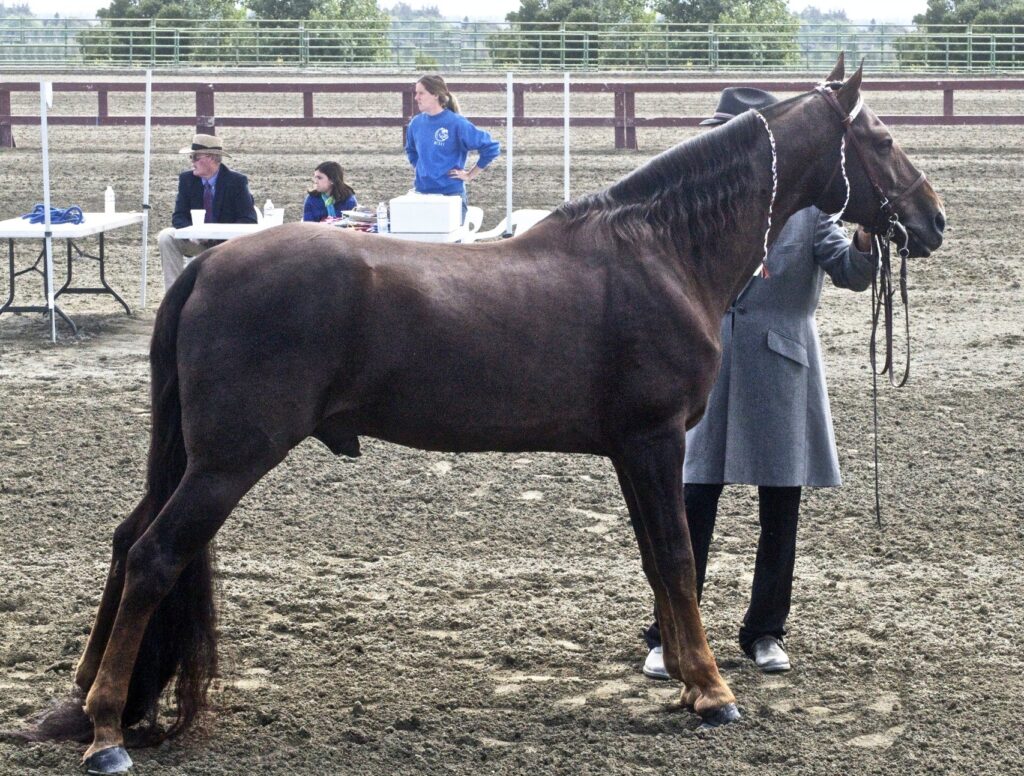
The development of gaited horses throughout history directly connects to human needs for comfortable, efficient transportation. Before automobiles, travelers covering substantial distances had compelling reasons to seek horses offering comfortable rides, as spending 8-10 hours daily in the saddle could be physically punishing on conventional trotting horses. This practical need led to selective breeding for smooth gaits across numerous cultures spanning centuries. Colonial American plantation owners specifically developed the ancestors of today’s Tennessee Walking Horses and American Saddlebreds to comfortably inspect vast properties. In the rugged Andean mountains, Peruvian Pasos emerged to provide comfortable transportation across challenging terrain. Iceland’s harsh landscape similarly influenced the development of the tölt in Icelandic horses. These historical breeding programs across different continents independently arriving at similar solutions—comfortable gaited horses—underscores just how valuable this trait has been throughout human history.
The exceptional comfort provided by gaited horses isn’t merely a luxury—it represents centuries of careful breeding to create equine partners that enhance human mobility and connection with these magnificent animals. Their smooth, flowing movements reduce physical strain on riders, extend comfortable riding time, and make equestrian activities accessible to people with diverse physical capabilities. Whether you’re exploring rugged trails, managing physical limitations, or simply seeking the unique pleasure of gliding rather than bouncing across the landscape, gaited horses offer an unparalleled riding experience. As interest in these specialized equines continues to grow, their genetic gift of comfortable, efficient movement ensures they’ll remain treasured partners for riders seeking the smoothest possible journey on horseback.

